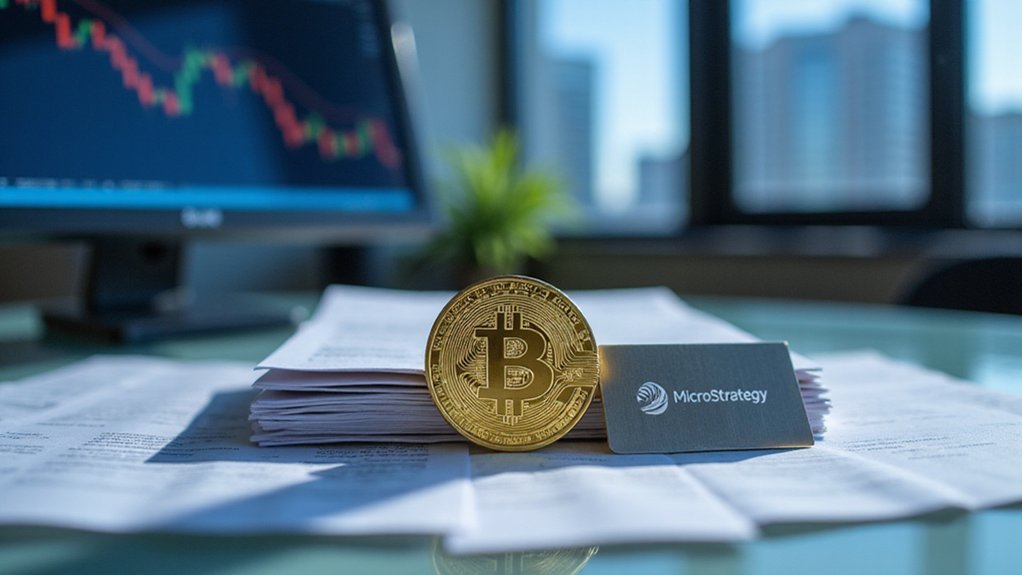A centralized exchange (CEX) operates as an intermediary in cryptocurrency trading, controlled by a single entity that manages order books and holds users' funds. Leading platforms like Binance, Coinbase, and Kraken offer streamlined interfaces with deep liquidity, diverse trading pairs, and fiat on-ramps. CEXs implement security measures including two-factor authentication, cold storage, and regular audits, though vulnerabilities persist. Facing increased regulatory scrutiny, many exchanges are expanding into DeFi and NFT services while maintaining their position as primary access points for mainstream crypto involvement.

While decentralized finance continues to evolve, centralized exchanges (CEXs) remain the dominant gateway for most cryptocurrency traders entering the digital asset ecosystem. These platforms function as intermediaries between buyers and sellers, operating under the control of a single entity or company that maintains order books, matches trades, and importantly, holds custody of users' funds and private keys.
Unlike their decentralized counterparts, CEXs offer streamlined interfaces designed for accessibility and efficient market participation.
Centralized exchanges prioritize user experience, delivering intuitive platforms that simplify cryptocurrency trading for mainstream adoption.
The cryptocurrency landscape features several prominent centralized exchanges that have established strong market positions. Binance leads in global trading volume, while Coinbase has built its reputation on regulatory compliance. Kraken emphasizes security protocols, FTX pioneered innovative derivatives products, and Gemini focuses primarily on institutional clientele.
These platforms attract users through their combination of liquidity depth, diverse trading pairs, and extra features like margin trading and futures contracts. The fast execution of trades with minimal price slippage makes CEXs particularly attractive to active traders and institutional investors.
Security represents both a primary concern and focus area for centralized exchanges. Standard protections typically include two-factor authentication, cold storage for the majority of assets, regular security audits, and insurance policies to protect user funds. Recent high-profile breaches, like the DMM Bitcoin incident resulting in a major security breach, demonstrate ongoing vulnerabilities despite improved security measures.
"The implementation of robust KYC and AML procedures has become industry standard for legitimate exchanges seeking regulatory approval," notes crypto security analyst James Chen. These verification processes, while sometimes cumbersome, provide an additional layer of protection against fraudulent activities.
CEXs offer distinct advantages that continue to attract traders despite the growth of decentralized alternatives. Their intuitive interfaces lower barriers to entry for newcomers, while high liquidity enables rapid transaction processing and competitive pricing.
Many platforms now provide fiat currency on-ramps, allowing direct conversion from traditional currencies into digital assets. However, these benefits come with tradeoffs. Users must surrender control of their private keys, creating potential vulnerability to hacks, data breaches, or even account freezes.
Looking toward 2025, centralized exchanges face increasing regulatory scrutiny while simultaneously expanding their service offerings. Many platforms now incorporate DeFi features, institutional-grade services, and NFT marketplaces to maintain competitive relevance.
Improved security protocols leveraging artificial intelligence and machine learning algorithms are being deployed to protect against evolving threats. Despite challenges from decentralized alternatives, CEXs continue adapting to maintain their position as the primary access point to cryptocurrency markets for the majority of participants.
Frequently Asked Questions
How Are CEX Assets Insured Against Hacks or Theft?
In the high-stakes chess game of crypto security, CEXs employ multiple layers of asset protection.
Exchanges typically secure assets through commercial insurance policies from providers like Lloyd's of London and Aon, covering theft, hacking, and operational disruptions.
Many CEXs implement self-insurance methods including cold storage of 80-95% of assets, reserve funds like Binance's SAFU, and multi-signature wallets.
However, challenges persist—premiums remain high (2-5% of coverage) and policy limits often cap at $100-250 million.
What Recovery Options Exist if My CEX Account Is Compromised?
When a CEX account is compromised, users have several recovery options. Immediate security measures include enabling 2FA, changing passwords, and contacting exchange support.
Most exchanges offer account freezing, identity verification processes, and dispute resolution for unauthorized transactions. Legal recourse involves filing police reports and regulatory complaints.
For future protection, users should consider hardware wallets, withdrawal whitelisting, and IP restrictions. Some exchanges provide insurance coverage for eligible losses, though coverage limits and conditions vary significantly by platform.
Can CEXS Refuse Withdrawals During Extreme Market Volatility?
Like a drawbridge suddenly raising, CEXs can indeed refuse withdrawals during extreme market volatility. Most exchange terms of service explicitly permit withdrawal suspensions at the platform's discretion when facing "extraordinary market conditions."
Historical precedents include Binance halting Bitcoin withdrawals multiple times in 2022-2023 citing network congestion, and Celsius freezing all withdrawals before bankruptcy.
Users have limited legal recourse against such restrictions, highlighting the importance of exploring holdings across multiple platforms and maintaining self-custody options.
Are There Tax Reporting Tools Built Into Centralized Exchanges?
Centralized exchanges typically offer basic tax reporting tools integrated into their platforms. Most CEXs provide transaction history exports, with some offering gain/loss calculations for completed trades.
Coinbase issues 1099-MISC forms for certain income types, while Kraken and Gemini offer customizable reports for tax purposes. However, these built-in tools have limitations.
Many exchanges integrate with specialized tax software like CoinTracker and TaxBit via APIs, allowing automatic transaction syncing to improve reporting accuracy and reduce manual data entry.
How Do CEXS Handle Airdrops and Crypto Network Forks?
Centralized exchanges handle airdrops and forks with varying policies.
During network forks, CEXs typically pause transactions, evaluate the forked chain's viability, and may distribute new tokens based on user balances.
For airdrops, exchanges may participate on users' behalf, often requiring minimum token holdings for eligibility.
Distribution methods differ—some automatically credit user accounts while others require manual claims.
Users should note that holding assets on exchanges rather than private wallets might result in missed opportunities for certain airdrops.
References
- https://koinly.io/crypto-glossary/centralized-exchange/
- https://www.onesafe.io/blog/crypto-exchange-security-centralization-impacts
- https://ecos.am/en/blog/centralized-exchange-cex-what-it-is-pros-cons-and-how-to-choose-the-right-platform/
- https://www.ledger.com/academy/topics/crypto/what-is-a-centralized-cryptocurrency-exchange-cex
- https://www.blockchainappfactory.com/blog/how-to-secure-centralized-crypto-exchange-to-enhance-trust/
- https://crowdswap.org/blog/what-is-cex/
- https://www.investopedia.com/tech/what-are-centralized-cryptocurrency-exchanges/
- https://www.debutinfotech.com/blog/crypto-exchange-security
- https://www.bitdegree.org/crypto/learn/crypto-terms/what-is-centralized-exchange-cex
- https://komodoplatform.com/en/academy/centralized-vs-decentralized-exchanges/





